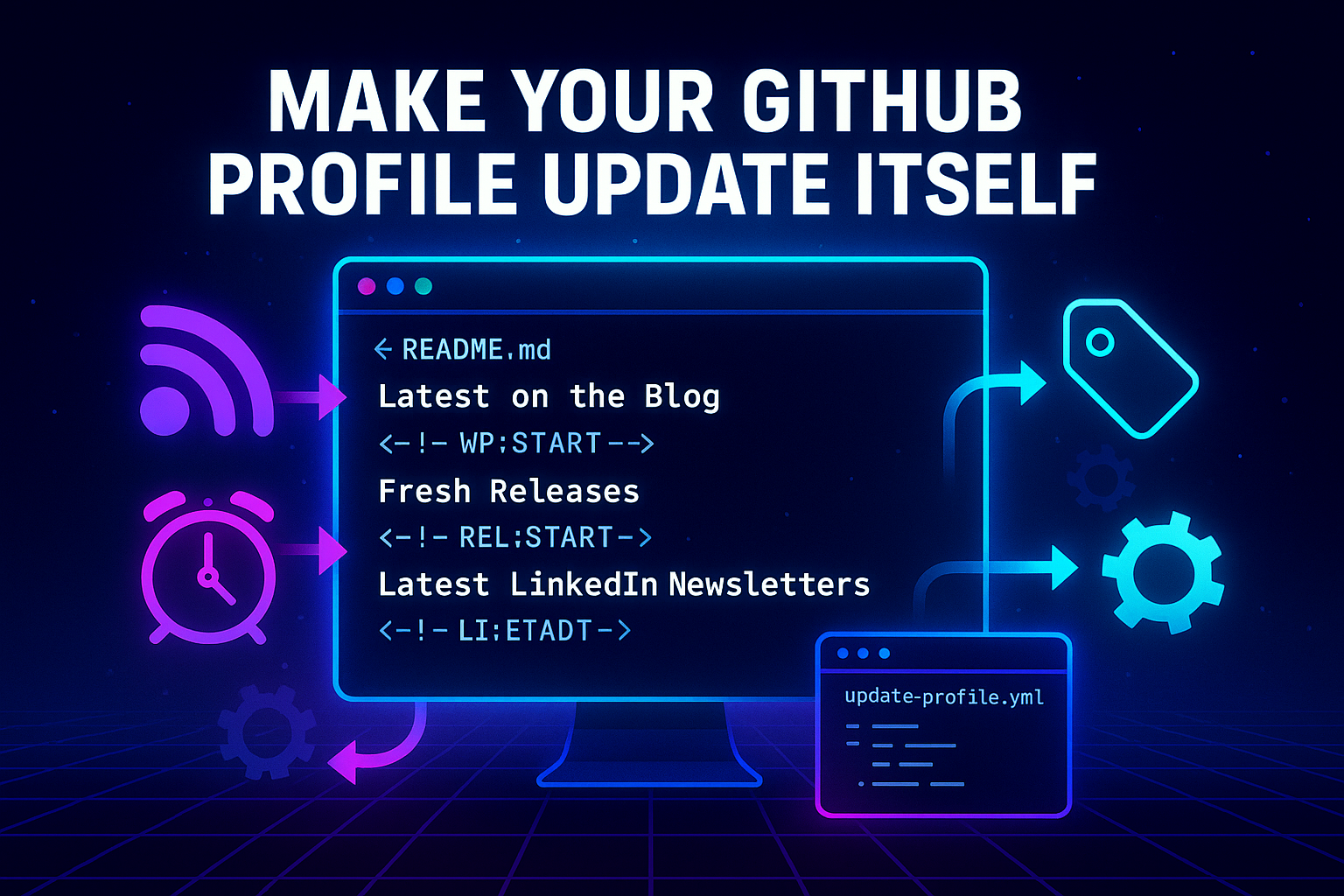Speaking Terraform: A Crash Course in HCL
Learning a new tool is like learning a new language—you’ve got to understand the grammar before you can start forming sentences. Terraform’s native tongue is HCL (HashiCorp Configuration Language), and trust me, it’s way easier than high school French (no weird verb conjugations here). In this post, we’ll break down the basics of HCL so you can write Terraform configurations that are clean, dynamic, and downright fun.
Continue Reading
Terraform 101: Your First Steps into Infrastructure as Code
So, you’ve heard about Terraform, but you’re wondering:
“What the heck is Terraform, and why should I use it?”
Continue Reading
Temporal Tables in EF Core: Bringing Time Travel to Your Data
What if you could go back in time and see exactly what your database looked like yesterday, last week, or even last year? Sounds like something out of a sci-fi movie, right?
Well, Temporal Tables in SQL Server let you do exactly that!
Continue Reading
JSON Columns in SQL Server: Storing & Querying JSON with EF Core
Ever wished you could store semi-structured data in your database without dealing with complex table relationships? Good news! SQL Server has native JSON support, and EF Core makes working with JSON columns easier than ever.
Whether you’re handling dynamic configurations, logging data, or flexible user preferences, JSON columns let you mix structured and unstructured data in SQL Server—without creating dozens of extra tables.
Continue Reading
Keyless Entity Types in EF Core: Query Data Without Primary Keys
Not everything in your database needs a primary key. Sometimes, you just want to query views, stored procedures, or raw SQL results without forcing a unique identifier on them. That’s where Keyless Entity Types in EF Core come in!
If you’ve ever struggled with querying database views, reports, or read-only datasets, this feature is exactly what you need. Let’s dive into what Keyless Entity Types are, when to use them, and how to make them work in EF Core.
Continue Reading
Grouping Smarter: LINQ GroupBy Enhancements in EF Core
Grouping data in Entity Framework Core (EF Core) used to feel a little… clunky. Sometimes, LINQ’s GroupBy() worked beautifully in-memory but got lost in translation when executing SQL queries. You’d write a simple GroupBy(), and EF Core would pull all the data into memory before doing the grouping—not good!
But things are getting smarter and more efficient in recent versions of EF Core! With LINQ GroupBy enhancements, EF Core now translates more grouping operations into optimized SQL queries, saving memory and improving performance.
Continue Reading
Transactional Savepoints in EF Core: Rollback Just What You Need!
We’ve all been there—you’re halfway through a multi-step transaction, and boom! 💥 Something fails. You don’t want to roll back everything, just the part that went wrong.
That’s where Transactional Savepoints come in!
Savepoints let you partially roll back transactions, keeping the good stuff while undoing just the problematic parts. If you’ve ever wished for a “Ctrl + Z” in database operations, this is it.
Continue Reading
Tapping into Database Views with EF Core: Reverse Engineering Made Easy
Not all database tables are created equal! Sometimes, you don’t need direct access to raw data—you need a refined, read-only version that makes querying easier. That’s where database views come in!
Continue Reading
Mapping the World with EF Core: Working with Spatial Data
Have you ever needed to store coordinates, track locations, or perform distance calculations in your database? Whether you’re building a ride-sharing app, a location-based service, or an interactive map, working with spatial data is essential.
Luckily, EF Core supports spatial data types, allowing you to store, query, and manipulate geographic data seamlessly. No more treating latitude and longitude as simple numbers—let’s bring real GIS (Geographic Information System) power to your EF Core apps!
Continue Reading
Unlocking EF Core Performance: How to Track Queries with Event Counters
If you’ve ever wondered why your EF Core queries feel sluggish or why your database is working overtime, you’re not alone. Performance issues can creep in quietly, and before you know it, your app is struggling to keep up.
Wouldn’t it be great if EF Core had built-in performance tracking so you could monitor database activity in real time? Good news—it does!
Continue Reading












